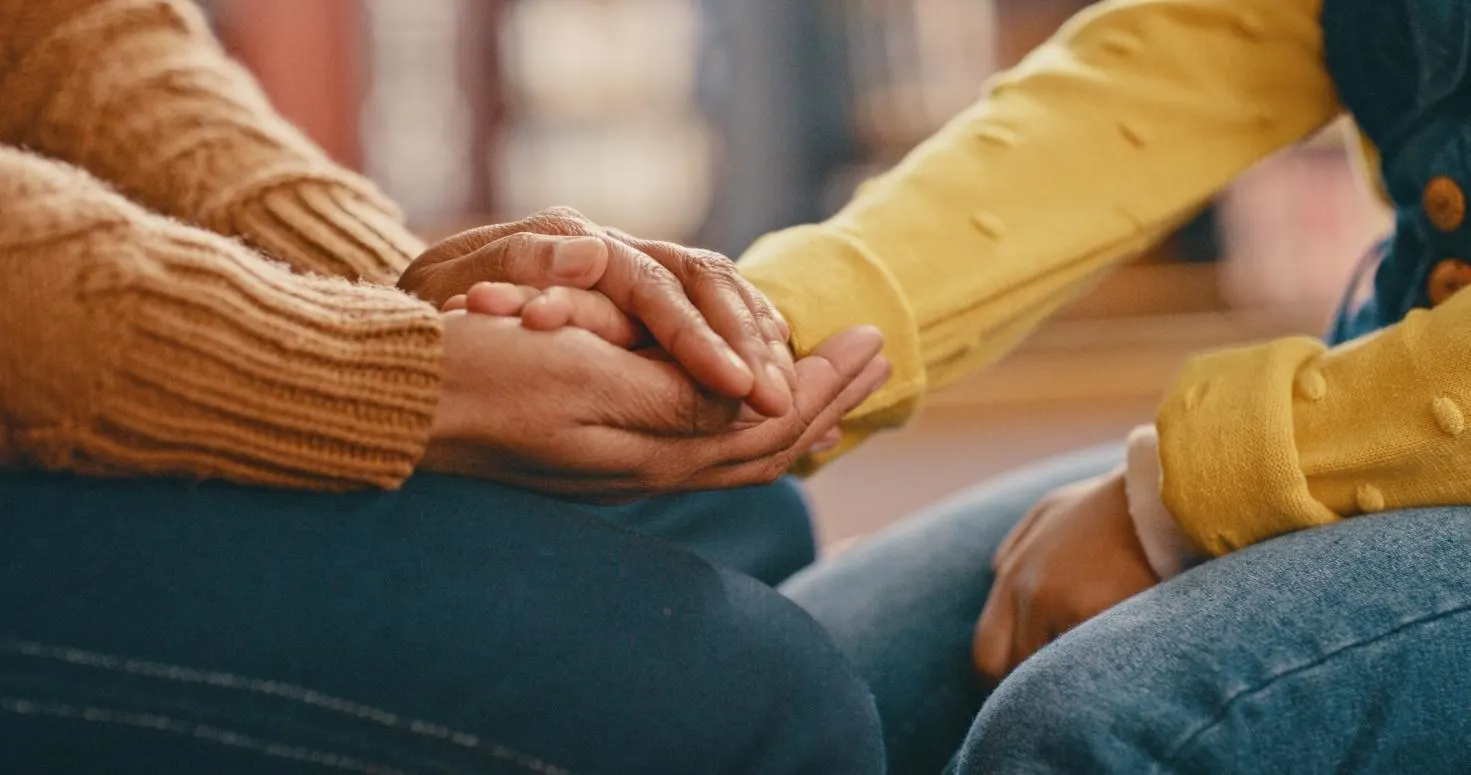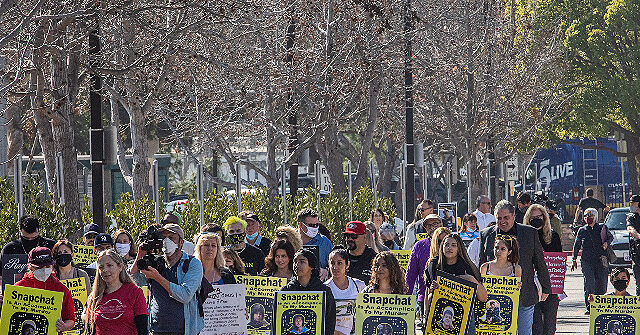Copyright Forbes

Founder of America's Kids Belong, Brian Mavis is passionate about dramatically improving experiences and outcomes for kids in foster care. “A good family is better than a great program.” I’ve repeated this mantra often over the past decade as an advocate for kids in foster care. What I mean is that people thrive when they feel connected, and they struggle when they don’t. This is particularly true of children in foster care who often lose many vital connections when they're removed from their home, including with siblings, extended family, educators, coaches and friends, among others. This statement is not meant to diminish the value of excellent programs. But it is a reminder of a simple and powerful truth: Human connection is among the strongest predictors of success across every social challenge. Programs serving the homeless, addicted, poor, trafficked, etc., succeed not only because of the services they deliver but also because of the relationships they cultivate. The adverse childhood experiences (ACE) score is a measurement system developed by the Centers for Disease Control and Prevention and Kaiser Permanente based on a landmark 1998 study. Research also shows that while traumatic experiences before age 18 contribute to negative mental and physical health outcomes, positive childhood experiences (PCEs)—particularly a supportive and stable relationship with a caring adult—can promote resilience and counteract the effects of trauma. As leaders of nonprofit organizations, we have the opportunity to offer three types of value: • Correction: Help people change destructive behaviors. • Content: Teach skills, strategies and resources that promote thriving. • Connection: Facilitate relationships that build a sense of belonging and trust. This can be within a community or even a smaller social unit, like a family. What we’re learning over time is that without connection, the other two approaches cannot sustain lasting change. For programs to succeed, they must go beyond addressing destructive patterns or equipping people with new skills and also build relational connections with others. Relationships can provide the “why” to change, as well as provide the support system and accountability for lasting change to take root. In my recently released book, I offer a powerful example of this concept at work, as I examine how foster care (which inherently disconnects a child from their community) is upstream of many of our communities’ leading social wounds, including trafficking, homelessness, poverty, incarceration and substance abuse, among others. The solution is to help kids find belonging and permanency within a family before they age out of foster care at age 18. That single intervention brings all the benefits of connectedness to bear in the life of a youth at a critical point in their transition to adulthood. Yet in many settings, connection can be harder to quantify. It shows up in subtle ways: if someone feels “seen,” if they trust a mentor, if they believe there’s a place for them. How, as nonprofit leaders, can we work to integrate the transformative power of connection into our delivery models? Here are three questions that I believe can help nonprofits assess their current focus and clarify how to integrate connection into their solution set for the stakeholders they seek to serve: 1. Does our service model primarily offer correction, content or connection? Rules and lessons don’t mean much if people still feel alone. If connection is the missing piece, build it in. That could mean peer mentoring, alumni networks, family involvement or just making more room for relationships to develop organically. 2. Do our staff and volunteers see themselves primarily as service providers or as relational anchors? Skills matter, but trust matters more. Listening, empathy and presence are what turn a program into a support system. Invest in staff development that emphasizes emotional intelligence and trauma-informed care. 3. Do our solutions seek to deliver services or build community connections? Programs can provide valuable assets, but having individuals who will walk alongside those you serve on their journey promotes adoption, perseverance and transformation. 4. How will we know if the people we serve feel they belong? Connection isn’t as easy to count as meals or classes, but you can measure it through surveys, retention and stories. Belonging isn’t a side effect. It’s the whole point. Nonprofit leaders: You don’t have to choose between correction, content and connection. But building connection into your correction and content will amplify and accelerate mission achievement.



